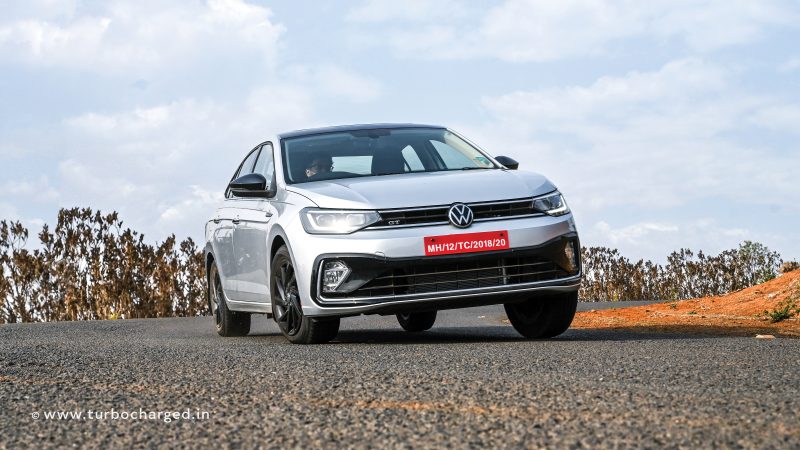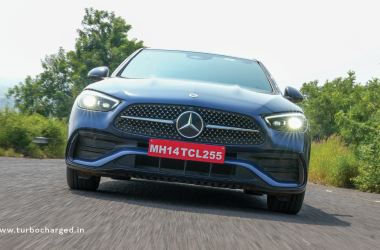It’s no secret that the Volkswagen Virtus GT is one of the best driver cars this side of the twenty lakh rupee mark. To offer a more distilled driving experience, Volkswagen has equipped the Virtus GT with a new six-speed manual gearbox. Does it really enhance the experience though, especially when the sedan already comes with a sophisticated automatic gearbox that impresses with its shift times and seamlessness? More importantly, is purity a worthy tradeoff for convenience in this case?
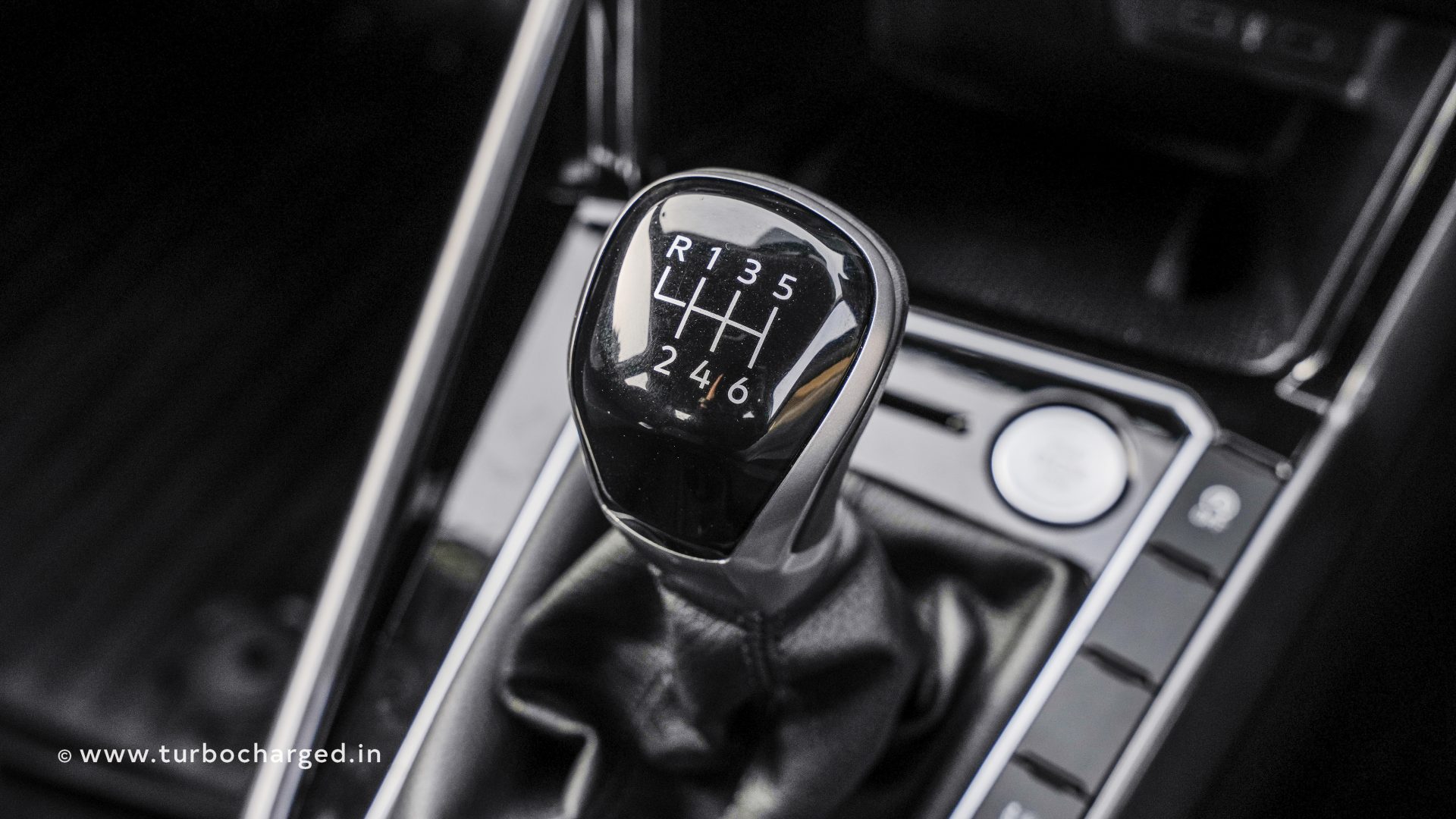
There is nothing to differentiate the manual from the automatic variant. It’s been two years since the Virtus first broke cover and it still looks fresh, with its clean lines and understated wheels that neatly fill the wheel aches. The interiors too look elegant with a clean dashboard and a sizeable list of features. While the Virtus boasts of a full five-star GNCAP safety ratings, it misses out on ADAS which we expect it to feature in the next update. Overall the Virtus is a well-proportioned and premium looking sedan with ample cabin and boot space.
The six speed gearbox is a slick unit, with short throws and precise shifts. The advantage of a manual over an automatic gearbox is the feeling of control it gives you and to that effect, it is a fantastic experience. The problem arises in traffic where the sharp clutch bite point and long travel has you second guessing yourself at times. Add to that the mild turbo lag at slow speeds and you easily end up stalling the car in second gear multiple times. Get past the sharp bite point and there is little to complain about as the clutch offers light actuation is quite feelsome. What I like most about this powertrain combination is that it really allows you to experience all of the 150PS and 250Nm offered by this motor.
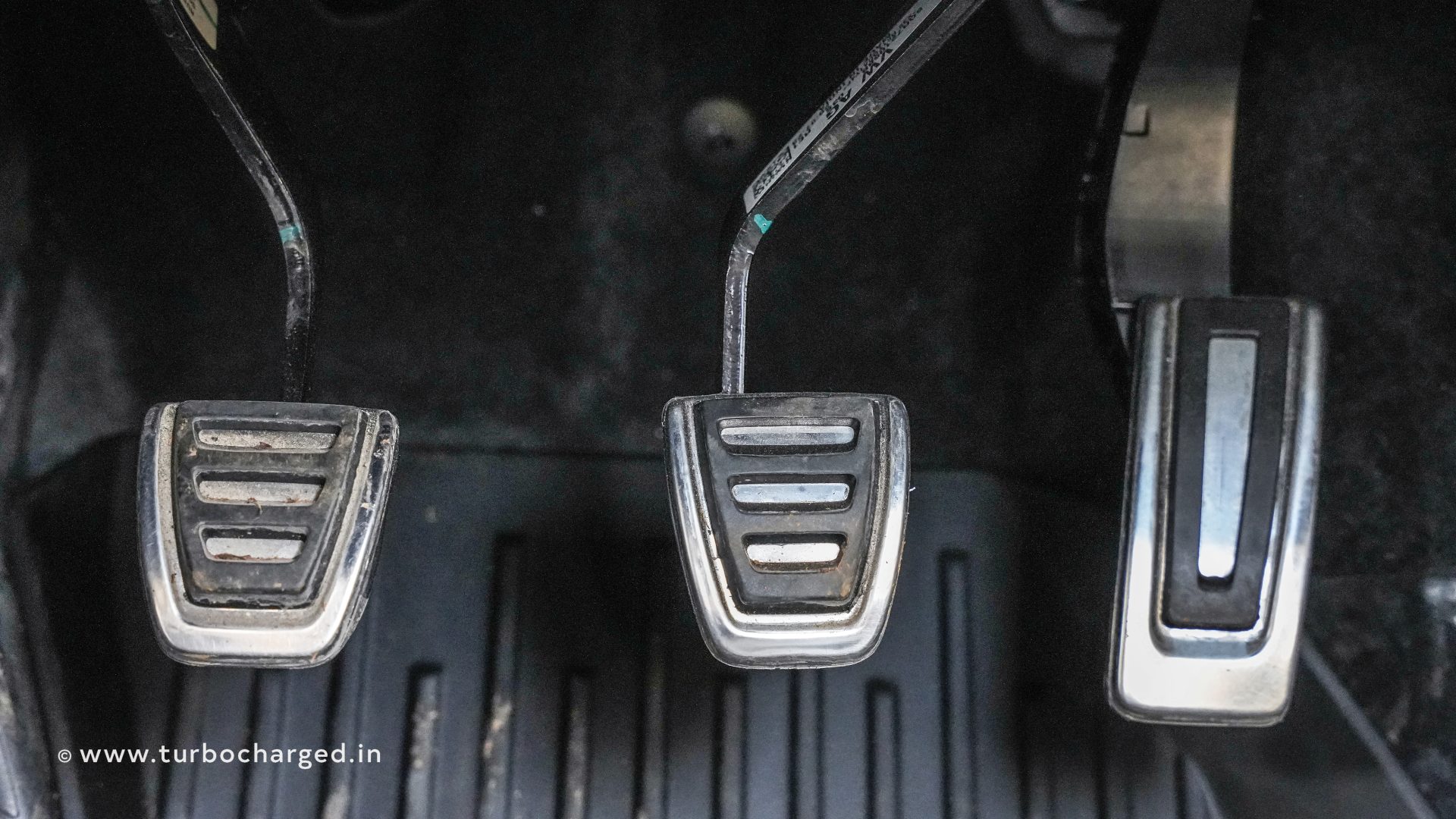
But bring the 7-speed DSG into the equation and it’s a different ball game. In the real world, where you are crawling in traffic, dreaming about that twisty mountain road, the convenience of an automatic is quite hard to beat. And when you eventually get to that mountain road, driver involvement with the DSG gearbox is pretty close to the manual powertrain equipped Virtus. Also, this might surprise you — at 19.62kmpl, the Virtus GT AT is more fuel efficient than the Virtus GT MT which delivers 18.88kmpl.
The Virtus 1.5 MT is available in the GT Plus trim prices for which start at 17.28 lakh (ex-showroom). While the similarly specced Virtus 1.5 AT GT Plus variant costs 32,000 more, interestingly you can also opt for a lower specced GT automatic variant that’s priced at `16.62 lakh. Clearly, a more affordable pricetag is not a strong incentive to prefer the manual over the automatic.
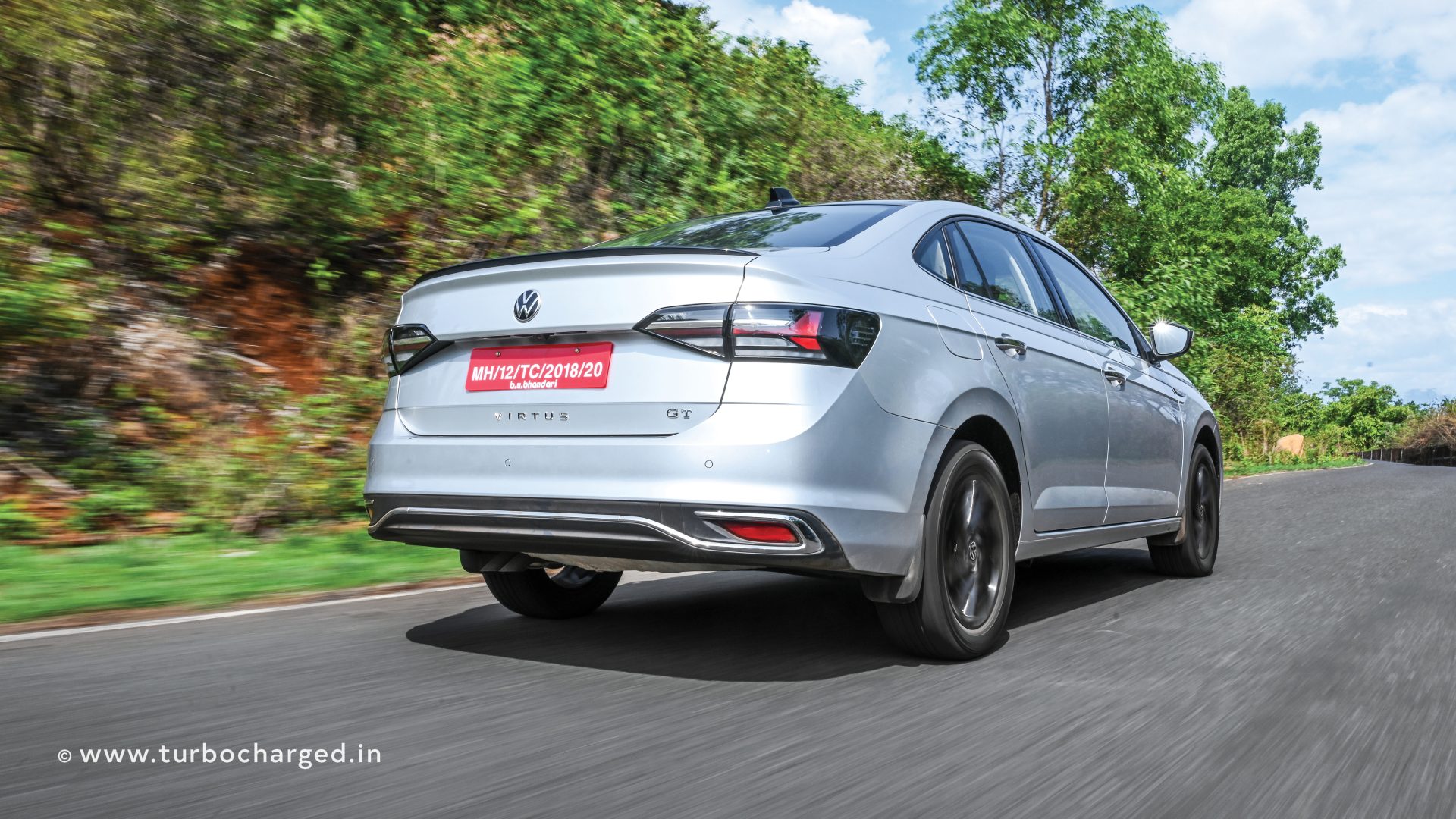
Sure nothing beats the purity and satisfaction of driving a car, equipped with a good manual gearbox, in anger. However, automatics have come a long way since the era of slush boxes. Today’s modern gearboxes offer quicker shifts than the manual and feel more intuitive as well. So should you prefer the Virtus GT MT over the AT? Let’s put it this way, the MT gearbox will keep you happy in certain driving situations like out on the open highway and on a twisty road. The Virtus GT AT will keep you comfortable everywhere.





